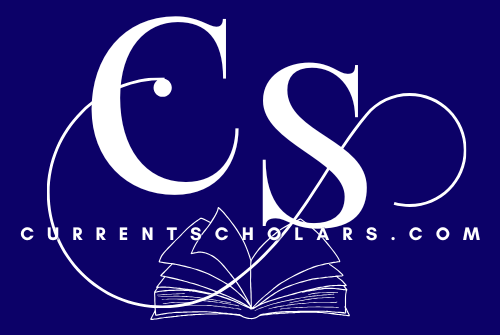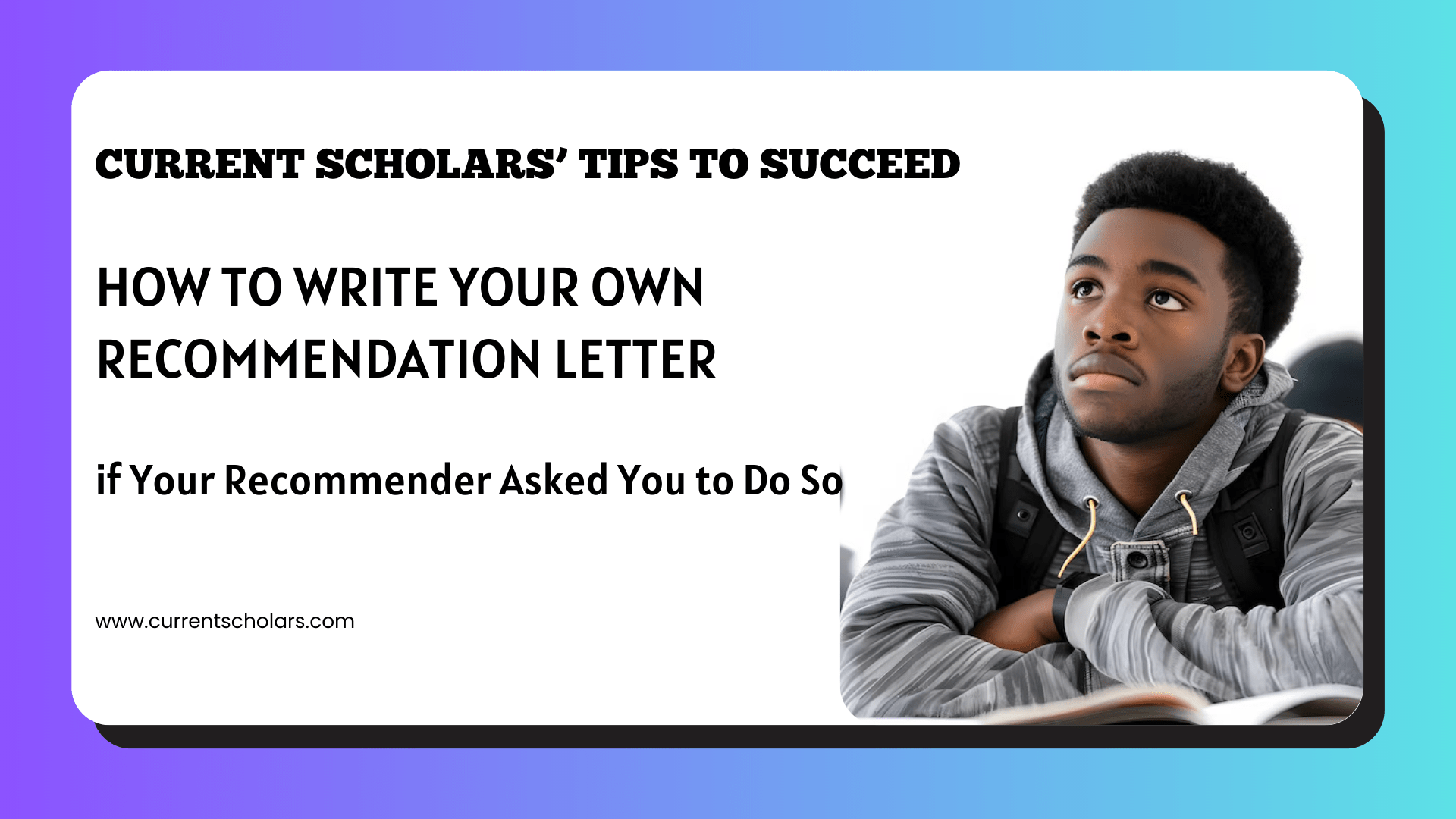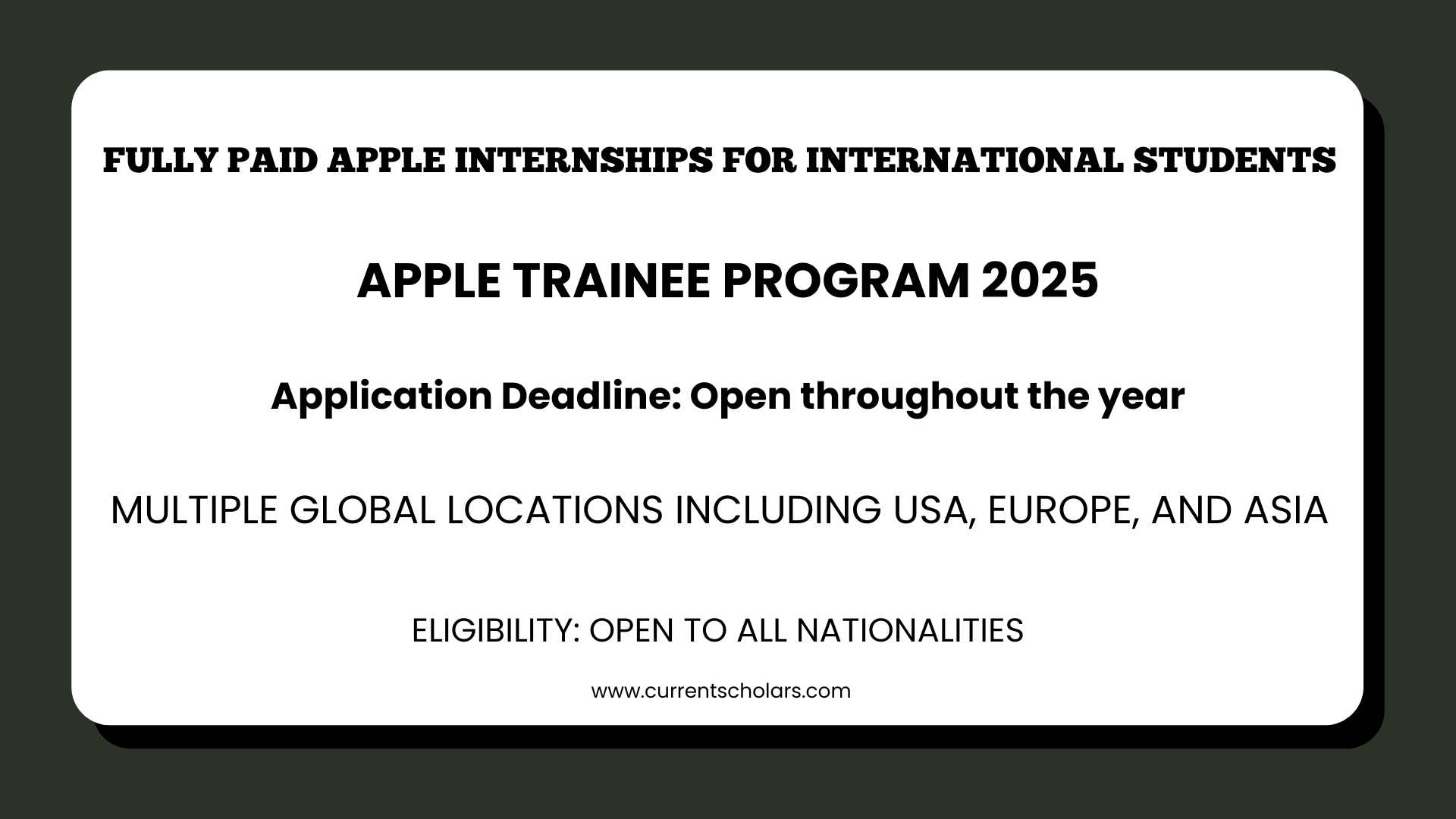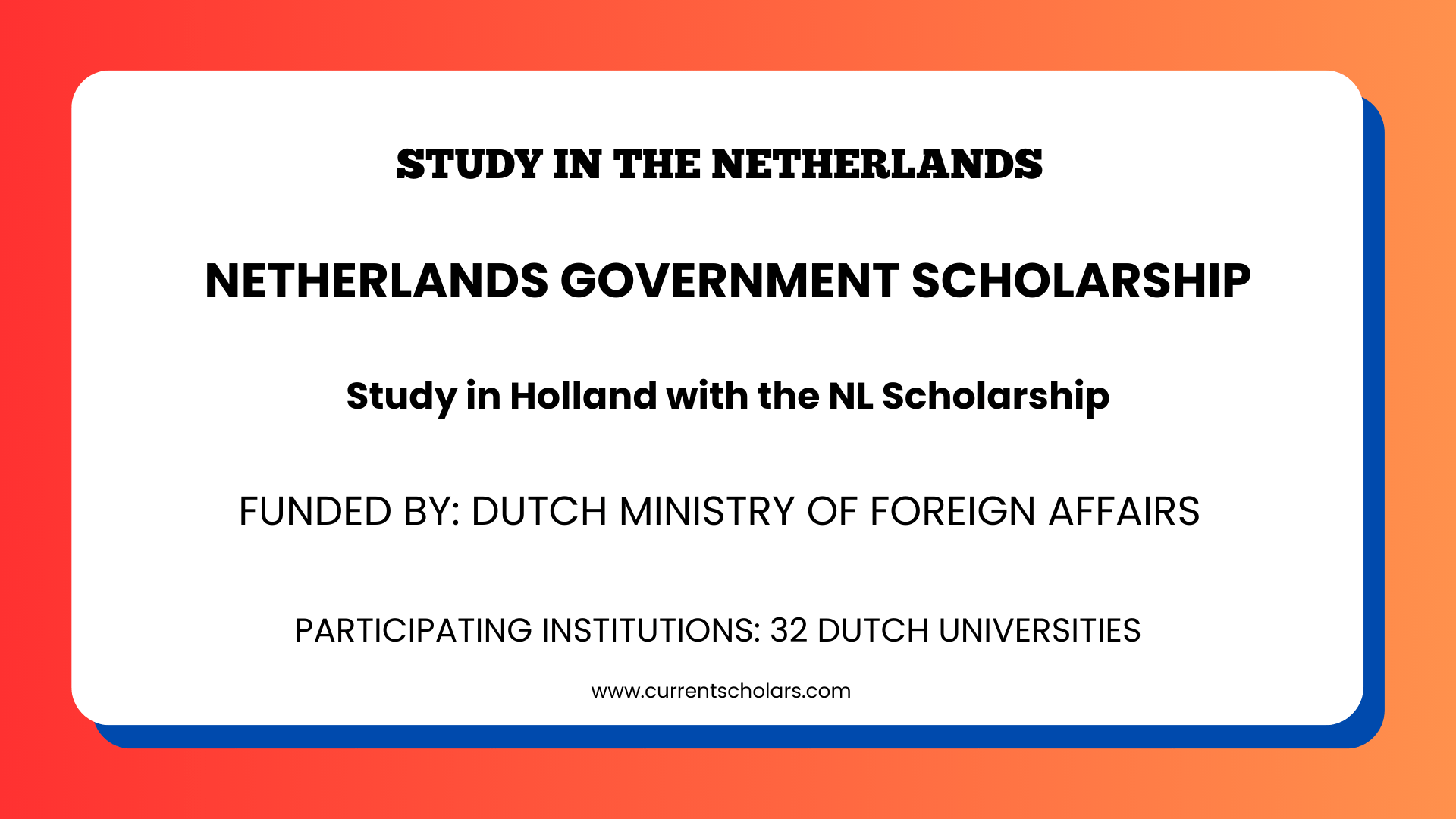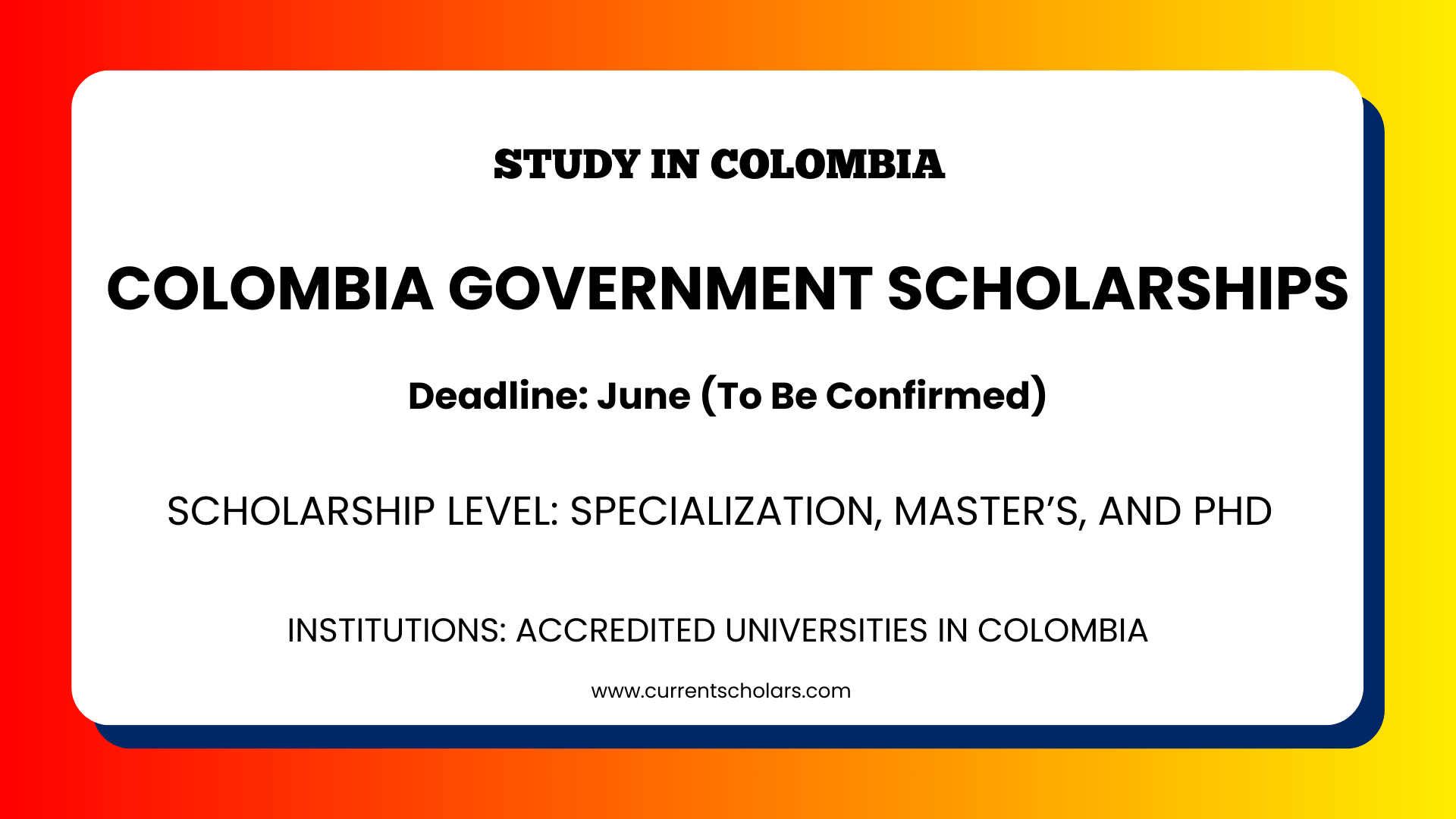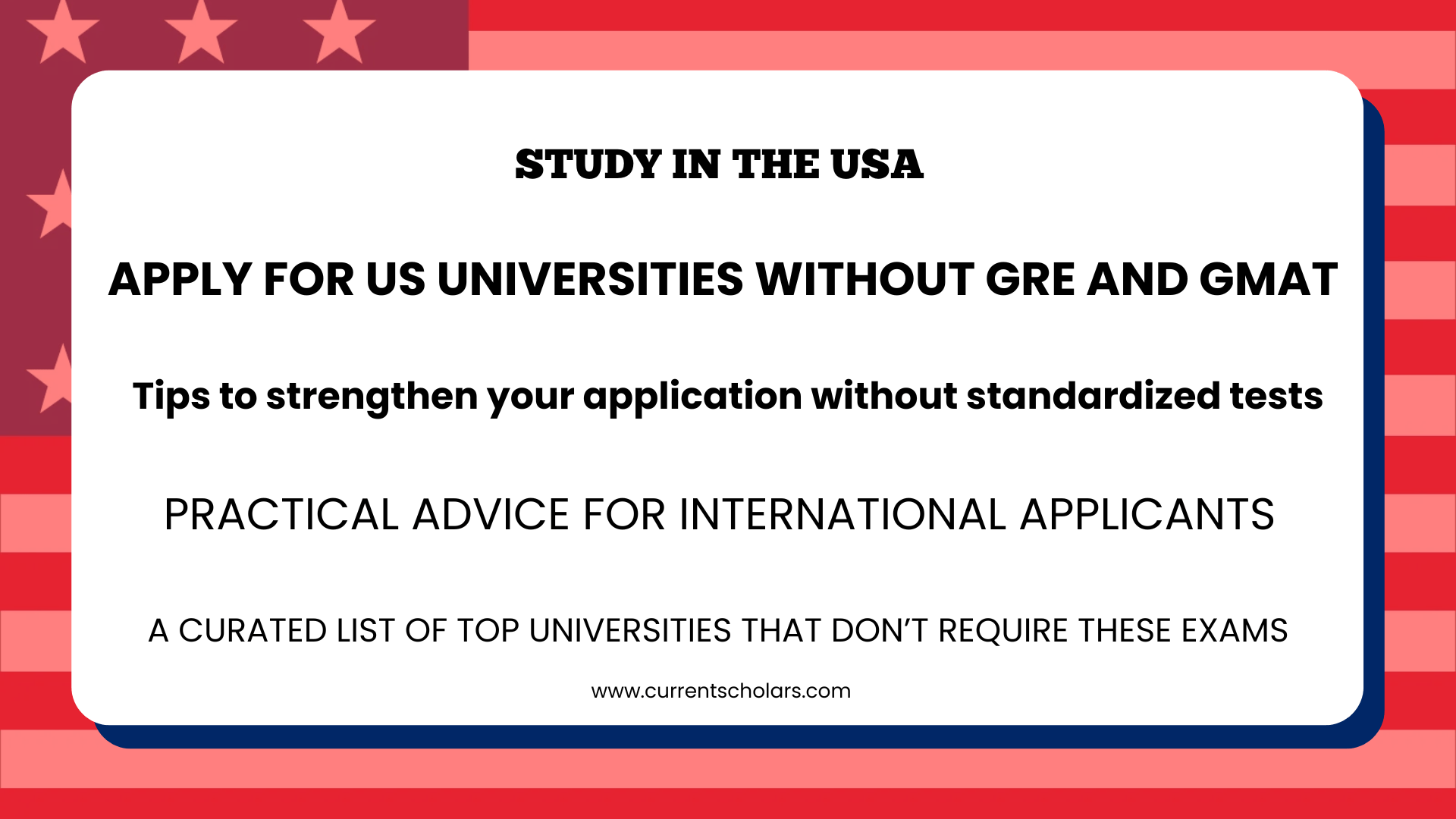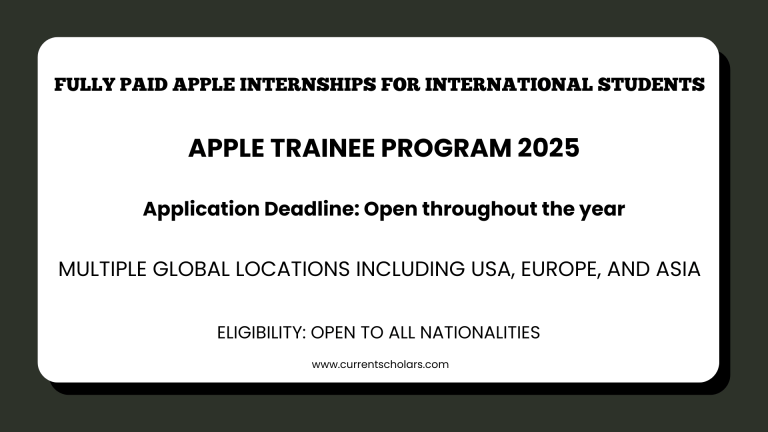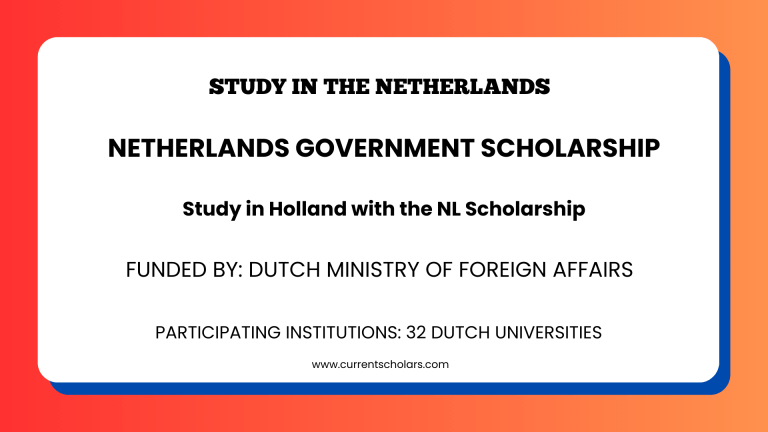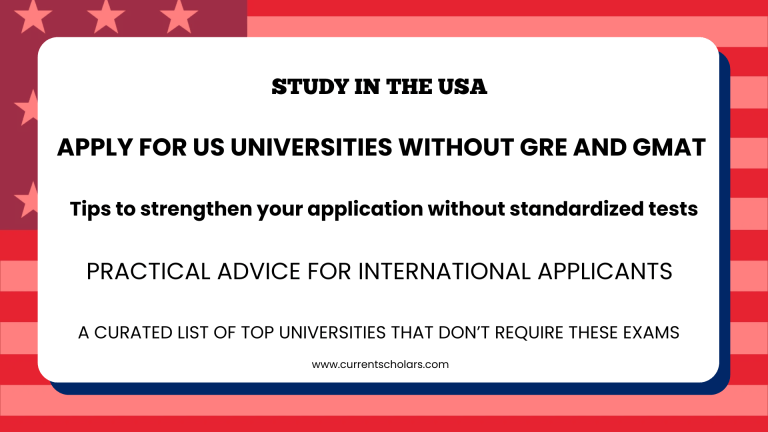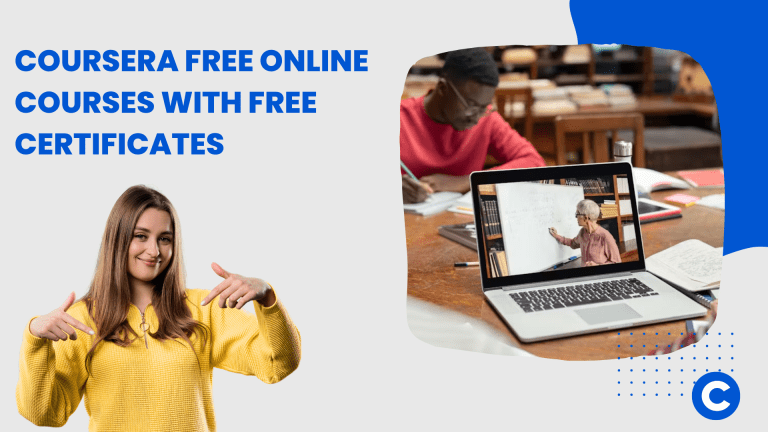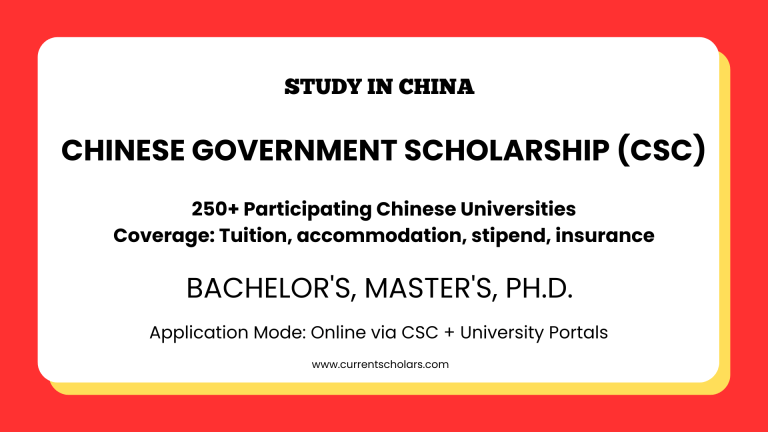Recommendation letters play a crucial role in college admissions, scholarship applications, and even job searches. A well-written letter can highlight your strengths, character, and achievements in a way that strengthens your application.
Ideally, your recommender—a professor, mentor, or employer—would write the letter themselves. However, many professionals have demanding schedules, and they may ask you to draft the first version for them to review and finalize.
If you find yourself in this situation, don’t panic. Writing your own recommendation letter might seem awkward, but it’s an opportunity to present your best qualities in a polished and professional way. This guide will take you through each step of the process, ensuring your letter is strong, authentic, and compelling.
Step 1: Choose the Right Recommender
Before writing a recommendation letter, ensure you have the right person to endorse you. The best recommender is someone who:
-
Knows you well academically, professionally, or personally
-
Has witnessed your growth and achievements
-
Can provide strong, credible endorsements of your skills and character
If you have developed a close relationship with a professor, mentor, or employer, they are ideal candidates. When approaching them, ask politely if they would be willing to write a recommendation letter for you. If they request that you draft the first version, proceed confidently using the following steps.
Step 2: Brainstorm Key Points
Writing about yourself in a recommendation letter can feel unnatural, so begin by brainstorming:
-
Your accomplishments and achievements
-
Your personal qualities and values
-
Specific examples of how you have demonstrated leadership, perseverance, or excellence
-
The relationship between you and the recommender (e.g., how they know you, their impression of your work ethic)
To ensure authenticity, avoid exaggeration or adding details that your recommender wouldn’t reasonably know. Keep your content honest and aligned with your real experiences.
Step 3: Outline Your Letter
A well-structured recommendation letter should follow a clear format:
1. Introduction
-
The recommender’s name, title, and relationship to you
-
A brief statement endorsing you as a strong candidate
2. Body
-
A description of your key strengths and skills
-
Specific examples demonstrating your capabilities
-
How you’ve made an impact in your academic or professional environment
3. Conclusion
-
A final endorsement of your potential
-
Contact information for follow-up
Step 4: Write the First Draft
Now that you have an outline, it’s time to draft the letter. Follow these steps to create a compelling and well-structured letter.
Introduction: Establishing the Relationship
In the opening paragraph, introduce your recommender and how they know you. This section should establish credibility and immediately convey a positive endorsement.
Example:
“I am honored to recommend [Your Name] for [Scholarship Name]. As a professor of [Course Name] at [University], I have had the pleasure of working closely with [Your Name] for the past two years. From our very first interaction, I was impressed by [his/her/their] dedication, curiosity, and exceptional work ethic. It is with great confidence that I endorse [him/her/them] for this opportunity.”
Body: Highlighting Strengths with Examples
In the body paragraphs, focus on your academic achievements, leadership qualities, and character. Use specific examples to back up each point.
Example:
“One of [Your Name]’s most defining qualities is [his/her/their] perseverance. In my class, [he/she/they] consistently demonstrated a strong ability to analyze complex concepts and apply them in innovative ways. When faced with a challenging research project, [Your Name] took the initiative to explore new methodologies, ultimately producing one of the most insightful papers I have reviewed in recent years. This ability to think critically and problem-solve sets [him/her/them] apart from [his/her/their] peers.”
If the letter is for a scholarship, highlight challenges you have overcome and your future aspirations.
Example:
“Beyond [his/her/their] academic excellence, [Your Name] has shown outstanding leadership and commitment to community service. As the president of [Student Organization], [he/she/they] organized multiple outreach programs, connecting students with mentorship opportunities. Furthermore, [his/her/their] dedication to [cause or field of study] is evident in [his/her/their] active involvement in [specific project or initiative].”
Conclusion: Strong Final Endorsement
The conclusion should reaffirm your qualifications and express confidence in your ability to succeed.
Example:
“I have no doubt that [Your Name] will make a significant impact in [his/her/their] future academic and professional endeavors. [He/She/They] possesses the intelligence, determination, and character to excel in any opportunity [he/she/they] pursues. I strongly endorse [Your Name] for [Scholarship Name] and am confident that [he/she/they] will contribute meaningfully to any community [he/she/they] becomes part of. Please feel free to contact me at [email address] if you require further information.”
Step 5: Review and Refine Your Draft
Once you have written your first draft, follow these steps to refine it:
✅ Ensure the tone sounds professional and aligns with your recommender’s usual style.
✅ Remove any excessive self-praise and keep the language balanced.
✅ Proofread for grammar, clarity, and structure.
✅ Ask a trusted friend, mentor, or advisor for feedback.
Once satisfied, share the draft with your recommender for their review. Make it clear that they can edit or adjust anything as needed.
Step 6: Provide Submission Instructions
After finalizing the letter, provide your recommender with clear instructions on how and where to submit it. Important details include:
-
Submission deadline
-
Required format (PDF, Word document, etc.)
-
Specific instructions (uploading to a portal, emailing to a specific address, etc.)
Make sure to follow up politely before the deadline to confirm the submission.
Sample Recommendation Letter
To Whom It May Concern,
It is my privilege to recommend Daniel Adams for the Future Leaders Scholarship. As Daniel’s supervisor at Bright Minds Foundation, I have witnessed his dedication, leadership, and exceptional analytical skills firsthand. His ability to take initiative and solve complex problems makes him a standout candidate for this opportunity.
Daniel’s impact on our organization has been profound. As a research intern, he spearheaded a data-driven approach to improve our outreach programs, leading to a 30% increase in community engagement. His commitment to academic excellence is equally impressive, as he consistently applies theoretical knowledge to real-world challenges.
Beyond his professional achievements, Daniel’s integrity and work ethic make him an exceptional individual. Despite facing financial hardships, he has demonstrated resilience, balancing work, academics, and community service with unwavering dedication.
I have no doubt that Daniel will make the most of this scholarship opportunity. His intellect, character, and drive set him apart as a leader in his field. I highly recommend him for the Future Leaders Scholarship and am confident that he will continue to achieve great success. Please feel free to contact me at supervisor@email.com if you require further information.
Sincerely,
James Roberts
Senior Program Manager, Bright Minds Foundation
If your recommender asks you to write your own recommendation letter, view it as an opportunity to present yourself in the best possible light. By following this guide, you can craft a compelling and authentic letter that highlights your achievements, character, and potential.
Take Action Now:
✅ Start by brainstorming your strengths and accomplishments.
✅ Draft a professional, structured letter using our guide.
✅ Share your draft with your recommender for approval and feedback.
✅ Ensure all submission details are clear and follow up before the deadline.
A strong recommendation letter can significantly boost your chances of securing scholarships, admissions, or job opportunities. Take charge of the process and put yourself in the best position to succeed!
